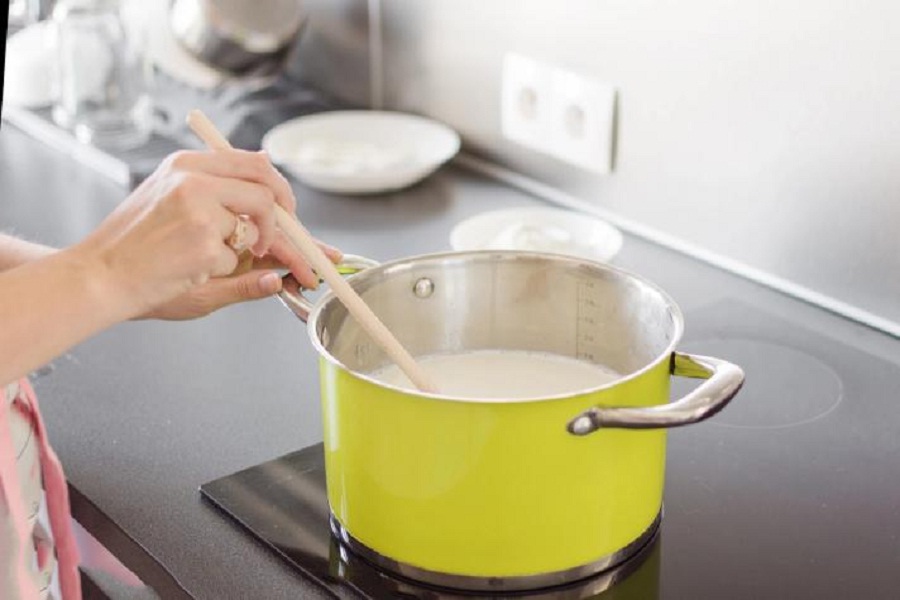Nothing is more aggravating than discovering that your fresh milk has curdled. Curdled milk can feel like a waste if you leave it out for too long, exposing it to excessive temperatures, or forget about it. However, not all is lost! This lesson’ll use simple techniques to help you recover milk and avoid waste.
1. Understanding Curdled Milk
How to recover milk? (วิธีกู้น้ำนม, which is the term in Thai). Before beginning the recovery process, we must understand why milk curdles. Milk is a water, fat, and protein emulsion. When exposed to particular circumstances, proteins can denature and cluster together, resulting in curdling. This process can be triggered by high heat, acidity, or exposure to specific chemicals.
2. Assessing The Curdled Milk
Take a moment to scrutinize your milk if you see it has curdled. Curdled milk may still be safe to ingest in some instances, especially if it is just mildly curdled. Look for indicators of decomposition, such as a strong odour or mould formation. It is advisable to discard milk that has become significantly curdled or spoilt.
3. Identifying The Cause
To avoid future cases of curdled milk, try to pinpoint the source. Did you heat the milk to a high temperature? Was the milk nearing the end of its shelf life? Understanding the trigger might help you prevent repeating the same error.
4. Recovering Slightly Curdled Milk
You can recover your milk if it is only slightly curdled and shows no indications of spoiling. Begin by slowly warming the milk in a pot over low heat. Stir the milk regularly to spread the warmth properly. Increase the temperature gradually until the milk is warm but not boiling. This mechanism may aid in the rebinding of proteins and the smoothing of milk.
5. Adding Warm Water
Another way to recover milk is to add warm water to the curdled milk. Gently stir it in and see if the milk starts to come together. If this happens, add warm water in small amounts until the required consistency is reached.
6. Straining The Curdled Milk
Consider straining curdled milk that does not respond to the above approaches. Separate the liquid whey from the curdled milk solids using a fine-mesh strainer or cheesecloth. Although the resulting liquid is not suitable for drinking, it can be used in cooking or baking.
Final Thoughts
It is feasible to recover curdled milk, but you must act fast and determine the severity of the curdling. Remember to select the root reason to avoid similar events in the future. Whether you recover the milk or use it in other ways, you may reduce waste and make the most of your curdled milk.


